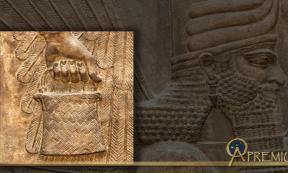Mesopotamian Artifacts
Welcome to our exploration of Mesopotamian artifacts, where we delve into the rich archaeological discoveries and ancient treasures that offer a glimpse into the material culture and artistic achievements of the people of Mesopotamia. Mesopotamia, has left behind a vast array of artifacts that bear witness to the remarkable craftsmanship and cultural legacy of this ancient civilization.
In this section of our website, we invite you to embark on a journey through the world of Mesopotamian artifacts, where each article unveils a different piece of the archaeological puzzle. From intricate sculptures and stunning jewelry to meticulously inscribed clay tablets and decorated pottery, these artifacts tell stories of ancient beliefs, societal practices, and the technological advancements of Mesopotamian civilization.






































